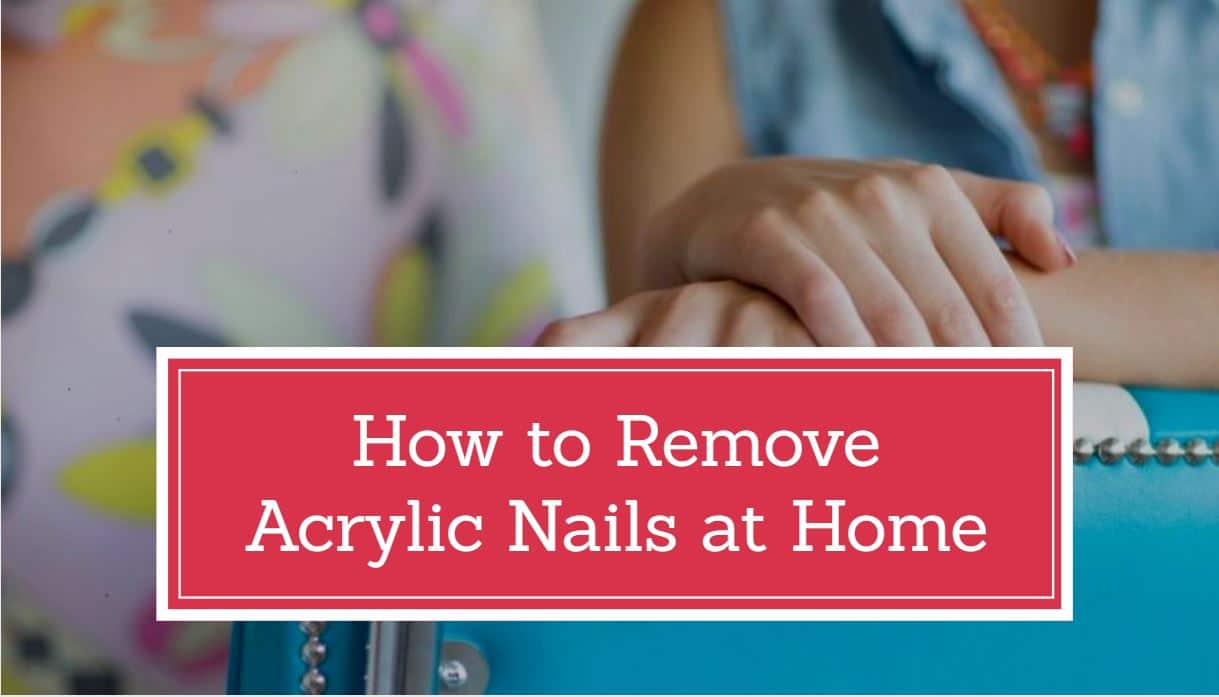Apply Acrylic Nails At Home: Upkeep On Nails & How To Remove Them At Home Safely : Pietzsch, Noma: Amazon com.au: Books
Table of Content
Once it does, you should be able to peel off the fake nails easily. The acetone, on top of vigorous filing and ample buffing, softens your nails and dries out your skin. Immediately after removing nails, gently wash both hands under warm (not hot!) water with soap. This will ensure you’ve removed all the acetone.

Gently pry the edges free with the pointy end of tweezers. Use of this site constitutes acceptance of our User Agreement and Privacy Policy and Cookie Statement and Your California Privacy Rights. If you need help purchasing a product directly from Allure, go to our FAQ. Allure may earn a portion of sales from products that are purchased through our site as part of our Affiliate Partnerships with retailers. The material on this site may not be reproduced, distributed, transmitted, cached or otherwise used, except with the prior written permission of Condé Nast.
The Drop by OPI
Once all residue is fully removed, lightly cleanse the nail surface with a cotton ball soaked in nail polish remover. If you don't have access to any of the above methods, you can also try using a nail file. A course-grit file will help break down the acrylic and allow you to remove it more easily without resorting to acetone or other harsh chemicals. Use your nail file in a back-and-forth motion until all of the acrylics have been removed from your nails. Non-acetone remover is made of an alcohol-based solution and is less harsh than its acetone counterpart. Non-acetone remover dissolves the glue on your false nails without causing too much damage to the underlying skin and nail bed.

If you don't have remover clips and are also out of foil and cotton balls , try this second method. Pour acetone into a small bowl and submerge your fingers. It will take about 20 to 30 minutes to break down your acrylics. "While your fingers are submerged, use your thumbs to rub the other four fingers — it helps break down the product faster," says Johnson. We know — acetone has a harsh scent and can leave nails feeling dry.
How to Remove Acrylic Nails at Home
“We condition our hair but we don’t necessarily think of conditioning our nails,” she said. “It’s really necessary.” Sutton recommends an oil by fellow nail artist Sarah Nguyen. HuffPost reached out to Spifster Sutton, a Chicago-based nail artist with a wealth of knowledge about nail, hand and acrylic maintenance for some guidance.

While taking off your nail polish at home has always been a major no-no, not having access to salons means you might have to take matters into your own hands. Kanchan Punjani, beauty and makeup education manager at Jean-Claude Biguine tells you how to safely remove your salon manicure. This will help prevent dry, brittle nails from breaking. And since you don't want your nails to be in an even worse state once you're ready to get acrylics again, we'd heed her advice.
Keep your skin happy
The glue used to fix the acrylic nail will dissolve in time. If the water turns cold during the process of soaking, add hot water at intervals so that the temperature remains constant. With these tips, you should be able to remove acrylic nails safely and properly and without causing damage to your nails. Follow these steps and you will definitely end up with beautiful and healthy natural nails.
Avoid using acetone in these types of side effects and try the other methods. The process of safely removing acrylic nails takes time, and one should have enough patience to remove them. Many acetone-free nail polish remover helps to remove the acrylic nail. The time required for the same is a bit more than using acetone.
Use A Hand Cream Or Cuticle Oil:
Acetone free nail polish evaporates fast, so one should keep that in mind and go on adding the nail polish remover in the bowl as soon as the quantity decreases. Don’t use acetone or acrylic nail enamel for at least 1 to 2 months after removing the fake nails, as your natural nails are weak and brittle. The chemicals present in these products will only make them weaker. During the first few weeks of removing acrylic nails, it is advisable to wash hands with soap under running water instead of using hand washing liquid. This is because the chemical present in the liquid could have an adverse effect on your skin and nails if used during this period. Well, indeed, a laminated business card can be used at times.

Carefully clip off your excess acrylics, cutting them as close as possible to your real nails. Throughout this process, you'll want to ask yourself, "What would my manicurist do?" For starters, they'd set up a clean, well-ventilated work area. Remember, you'll be using a lot of acetone and clipping off extensions, so it's a good idea to cover the table you're using so as not to stain or ruin any of your surfaces. Show your hands some TLC and reach for a hydrating hand cream to wrap your skin in soothing moisture.
This method not only helps you remove acrylics, but also maintains the health of your natural nails. Hold a Q-tip soaked in the oil against each nail for five minutes and you'll notice the acrylics start to lift. If you're in a hurry, wrap each nail with aluminum foil and then use an orange stick to remove the leftovers. Trim your nails regularly, after 2 weeks of removing acrylic nails.

Applying a cuticle balm is the best thing you can do after removing acrylic nails. This will make your hands and nails healthy and beautiful again. There are many brands of cuticle creams available in the market, select a quality product according to your skin type. You just put your nails through a lot, so now it's time to hydrate the nail bed to strengthen it. "Add a cuticle oil and massage it into nail and cuticle," Logan adds.
Comments
Post a Comment